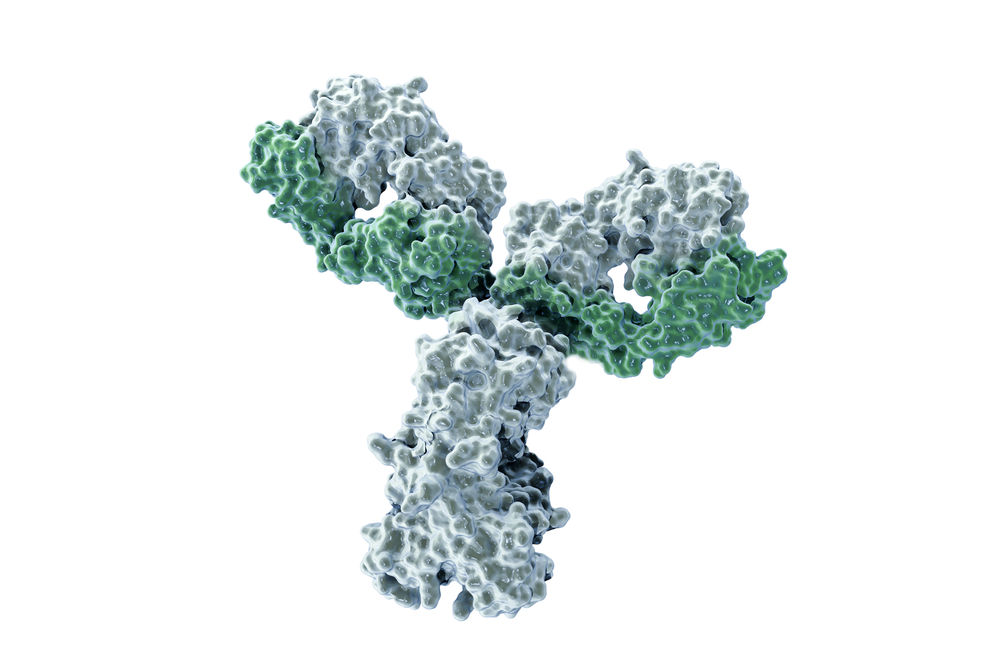MOUSE ANTI-HERPES SIMPLEX VIRUS 1/2 GD ANTIBODY (E317)
Mouse anti HSV glycoprotein D antibody, clone E317, recognises a neutralising epitope on Herpes Simplex Virus (HSV) glycoprotein D. This antibody has been tested on HSV1 and HSV2 lysates produced by the Native Antigen Company, and shown to bind effectively to these in direct ELISA. Reactivity with HSV1 is stronger than reactivity with HSV2 in our testing.
PRODUCT DETAILS – MOUSE ANTI-HERPES SIMPLEX VIRUS 1/2 GD ANTIBODY (E317)
- Mouse anti HSV glycoprotein D antibody, clone E317.
- Purified from hybridoma cell culture supernatant by affinity chromatography on Protein A.
- Presented in PBS (pH7.2) with Proclin 300.
- Suitable for IFA, ELISA and lateral flow applications (LFA).
BACKGROUND
Herpes simplex virus 1 and 2 (HSV-1 and HSV-2), also known as human herpesvirus 1 and 2 (HHV-1 and HHV-2), are two members of the herpesvirus family, Herpesviridae, that infect humans. Both HSV-1 (which produces most cold sores) and HSV-2 (which produces most genital herpes) are ubiquitous and contagious. They can be spread when an infected person is producing and shedding the virus.
Infection with HSV1 is most commonly known as a “cold sore,” and may occur in up to 95% of the human populace. HSV-2 is often known as genital herpes, and is one of the most common sexually transmitted diseases. Infection with HSV-2 can cause genital ulcerations, which may be accompanied by fever, local lymphadenopathy and dysuria, and infected individuals have a lifelong risk of transmitting the viral infection to their sexual partners.
Symptoms of herpes simplex virus infection include watery blisters in the skin or mucous membranes of the mouth, lips, nose or genitals. Sometimes, the viruses cause very mild or atypical symptoms during outbreaks. However, they can also cause more troublesome forms of herpes simplex. As neurotropic and neuroinvasive viruses, HSV-1 and -2 persist in the body by becoming latent and hiding from the immune system in the cell bodies of neurons. After the initial or primary infection, some infected people experience sporadic episodes of viral reactivation or outbreaks. In an outbreak, the virus in a nerve cell becomes active and is transported via the neuron’s axon to the skin, where virus replication and shedding occur and cause new sores.
REFERENCES
- Lee, C.C. et al (2013) Structural basis for the antibody neutralization of herpes simplex virus. Acta Crystallogr. D Biol. Crsytallogr. 69:1935-1945

